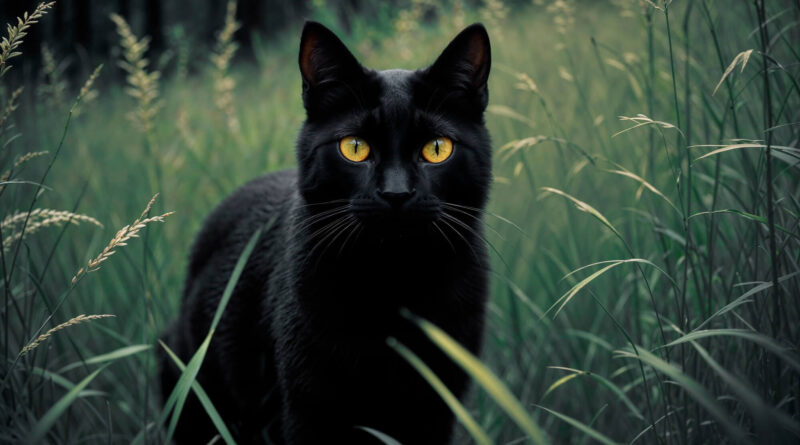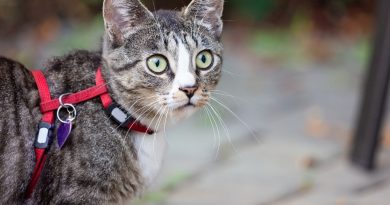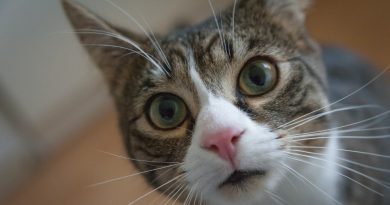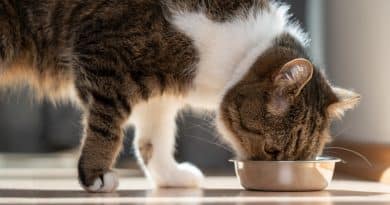Unveiling Cat Superstitions and Myths Around the Globe
Cats have been enigmatic and intriguing figures throughout human history, often shrouded in a web of superstitions and myths that reflect the complexities of cultures around the world. In this article, we will explore some of the popular superstitions and cultural myths surrounding these fascinating felines, as well as examine their impact on society and modern perception.
Popular Superstitions
- Black Cat: One of the most widespread superstitions is the association of black cats with bad luck in many Western cultures. It is believed that crossing paths with a black cat can bring bad luck, especially if it crosses your path.
- Nine Lives: Another popular belief is the idea that cats have nine lives. This superstition suggests that cats have the ability to escape dangerous situations and survive events that would be fatal to other animals.
- Protection against Spirits: In some cultures, cats are seen as protectors against evil spirits and negative energies. Having a cat around is considered a talisman of luck and security.
- Medicinal Cures: In certain folk traditions, a cat’s purring is believed to have healing properties. The sound of purring is thought to promote healing from illnesses and well-being.
- Weather Signs: In various traditions, cat behavior is interpreted as an indicator of imminent weather changes. For example, a cat washing behind its ear may indicate upcoming rain.
Cultural Myths
- Bastet, the Egyptian Goddess: In Ancient Egypt, Bastet was a goddess often depicted with the head of a cat. She was associated with protection, fertility, and joy. Egyptians revered cats and considered killing them a serious crime.
- Maneki-neko, the Japanese Lucky Cat: Originating from Japan, the Maneki-neko is a popular charm representing a cat with a raised paw, beckoning good luck and prosperity to its owners. It is often seen in shops and restaurants.
- The Familiar Cat in Medieval Europe: During the Middle Ages in Europe, it was believed that witches and sorcerers had familiars that often took the form of black cats. These cats were considered magical companions and helpers to practitioners of magic.
- The Cheshire Cat from “Alice in Wonderland”: In Lewis Carroll’s work, “Alice in Wonderland,” the Cheshire Cat is known for its enigmatic smile and ability to appear and disappear at will, adding a layer of mystery and magic to the story.
- The Cat in Literature and Folklore: Cats frequently appear in folktales and literature around the world as mysterious and wise characters. Their intriguing characteristics are often used to convey lessons and teachings.
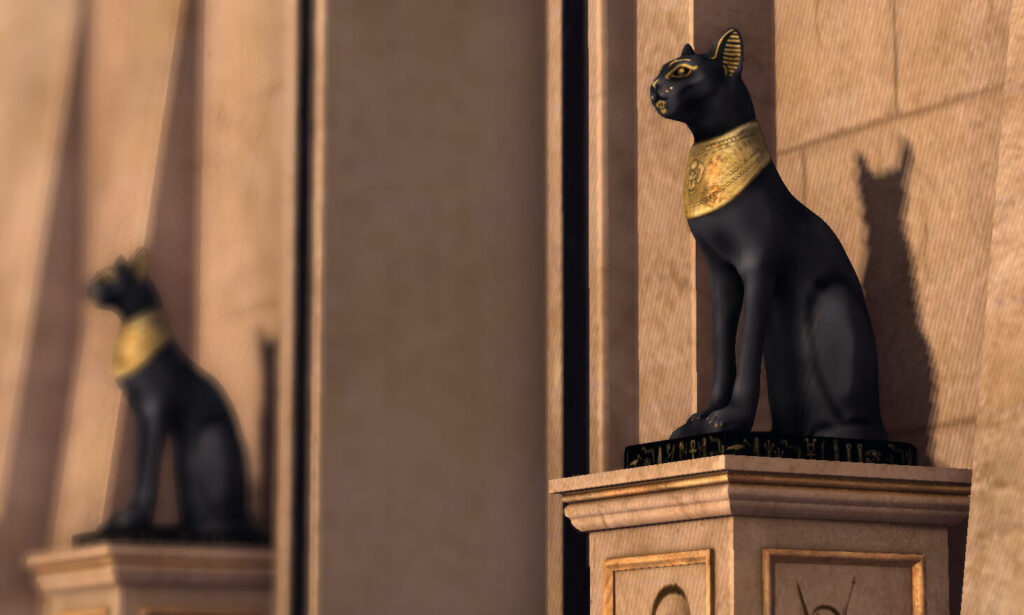
Impact on Society
The superstitions and myths about cats have not only shaped individual perceptions but also had a significant impact on society as a whole. During the Middle Ages, for example, cats, especially black ones, were associated with witchcraft and Satanism, leading to persecution and mass extermination. This persecution had devastating consequences for pest control and public health.
However, despite the negative superstitions, many cultures also value cats as loving companions beneficial to mental and emotional health. The presence of cats in homes is associated with reduced stress and increased happiness.
Conclusion
Exploring superstitions and myths about cats reveals not only the depth of human relationships with these fascinating felines but also the complexity of cultural beliefs around the world. As we continue to learn more about these animals, it is crucial to recognize the diversity of perspectives and interpretations that shape our view of cats. Superstitions may reflect ancient traditions and deep cultural values, but they also evolve over time, influenced by modern social and scientific contexts.
By understanding and respecting superstitions and myths about cats, we can enrich our cultural understanding and promote a more harmonious and compassionate relationship with these beloved members of our communities.
Frequently Asked Questions
1. Why are black cats considered signs of bad luck in some cultures?
In many Western cultures, black cats have been historically associated with witchcraft and the supernatural. Crossing paths with a black cat was believed to bring misfortune, stemming from old beliefs that they were familiars of witches or even witches themselves.
2. How were cats viewed in ancient Egyptian civilization?
Cats were highly revered in ancient Egypt, especially the domesticated cat. They were associated with the goddess Bastet, who was depicted with the head of a lioness or a domestic cat. Cats were considered sacred and killing a cat, even accidentally, was punishable by death.
3. What are some positive superstitions associated with cats in other parts of the world?
In Japan, the Maneki-neko or “beckoning cat” is a symbol of good luck and prosperity, believed to bring fortune to its owner. Additionally, in some cultures, a cat entering a home is seen as a sign of future prosperity and abundance.
4. What does a cat’s purring represent in different cultures?
Purring is often associated with contentment and relaxation in cats. In various cultures, it is also believed that a cat’s purring has therapeutic effects, promoting healing and reducing stress levels in humans.
5. How have myths about cats influenced modern literature and cinema?
Cats have long been featured in literature and cinema as mysterious and independent creatures. They often symbolize traits like curiosity, wisdom, and unpredictability, adding depth and intrigue to stories and films.

